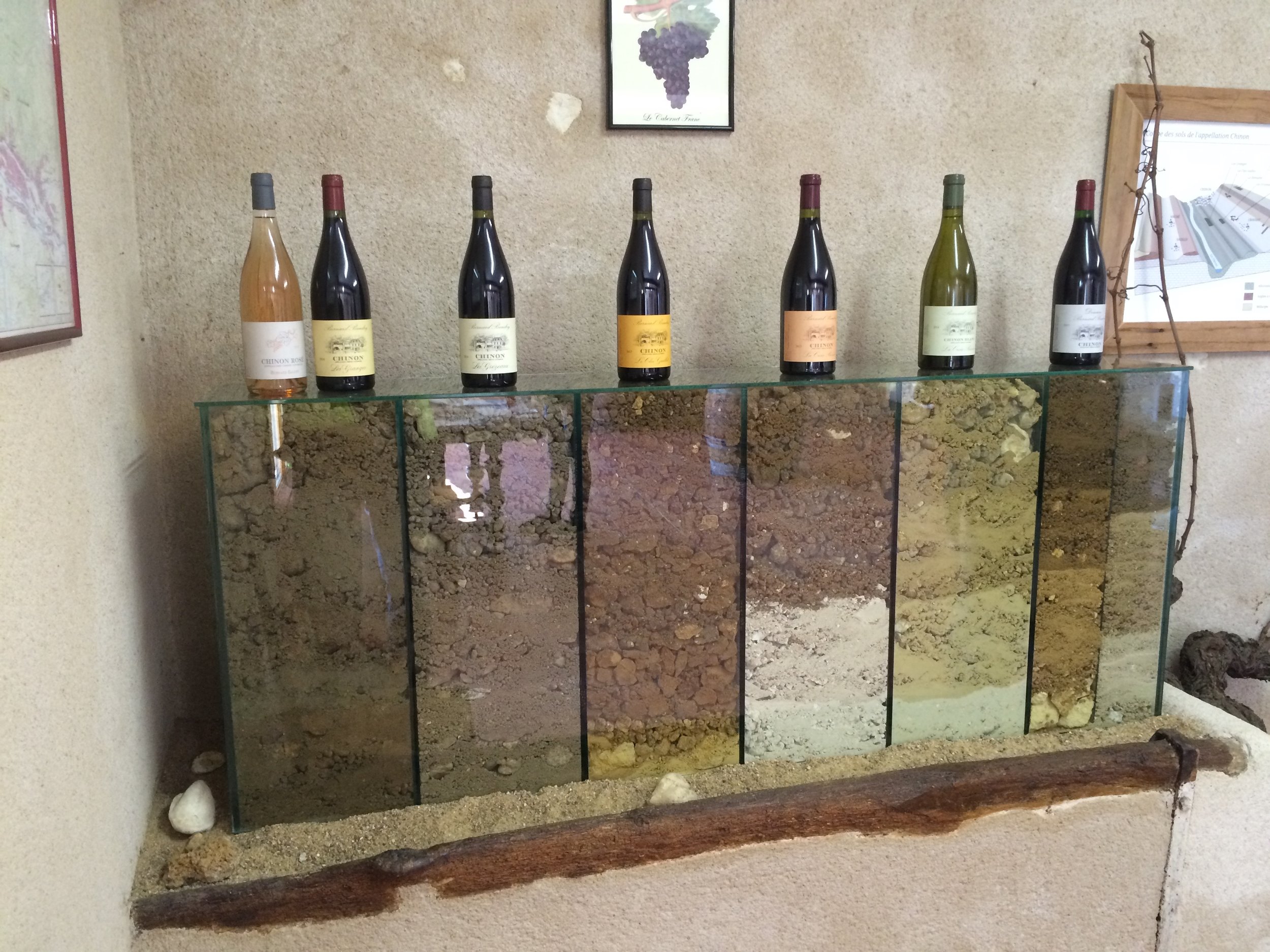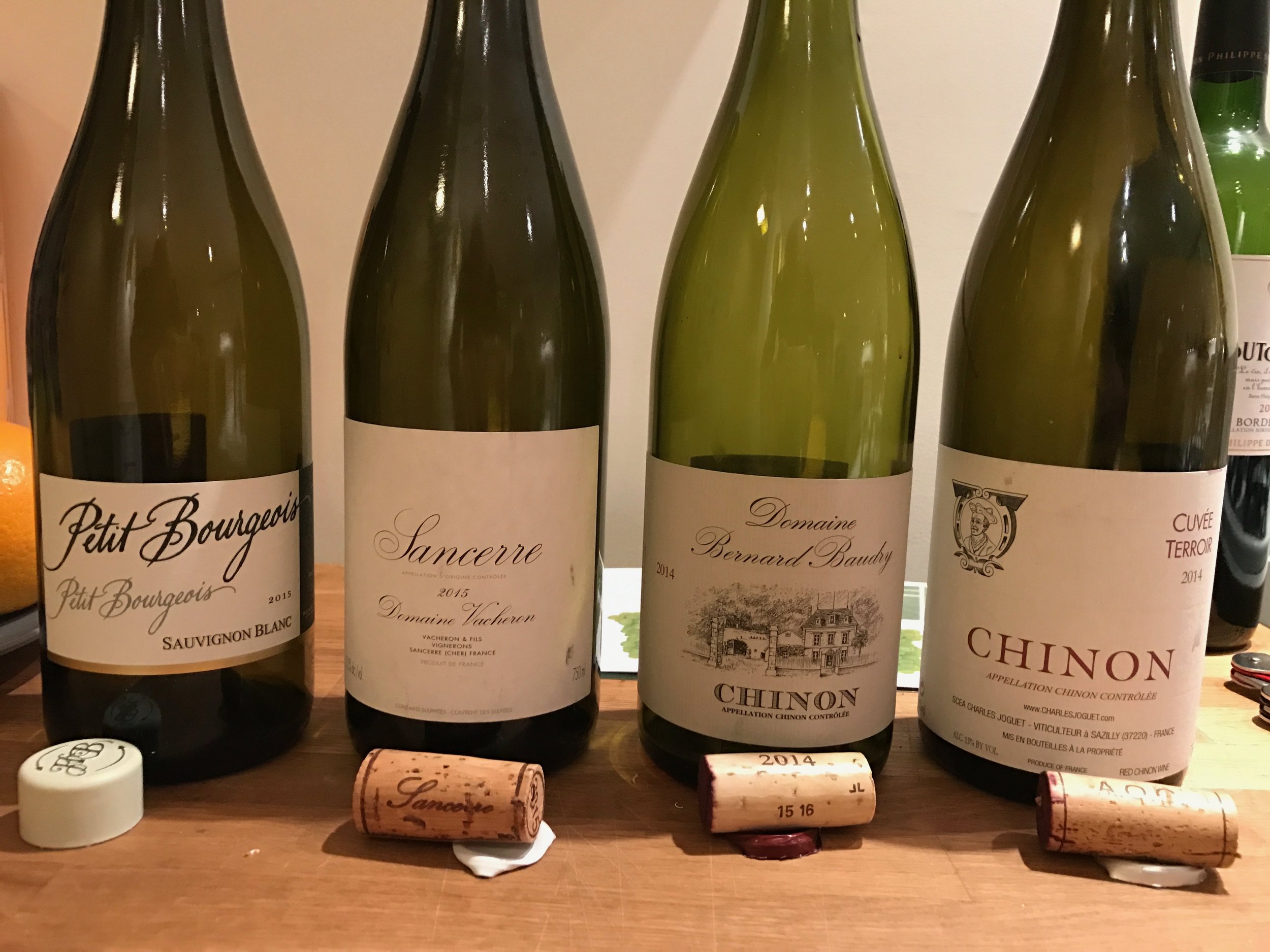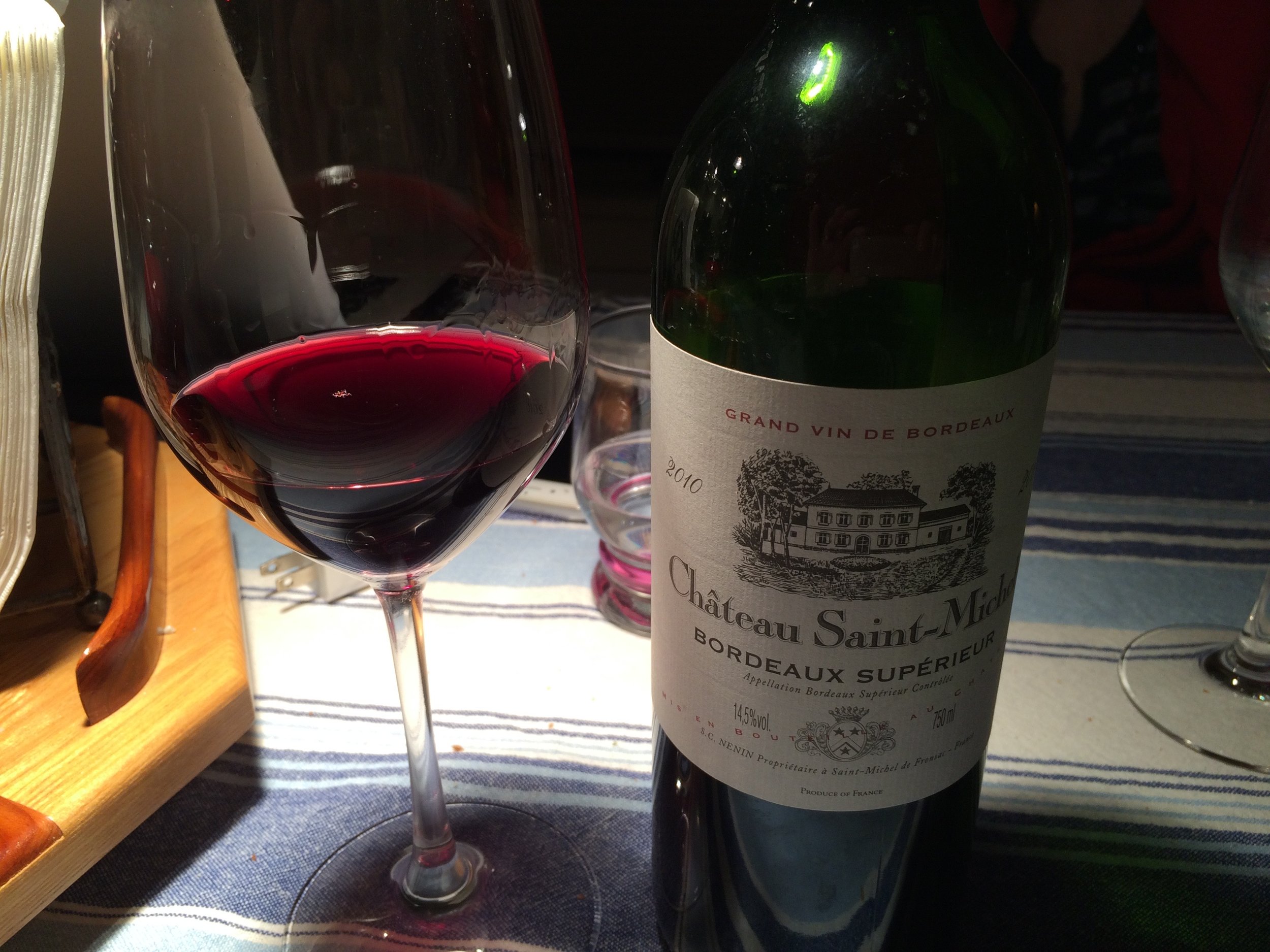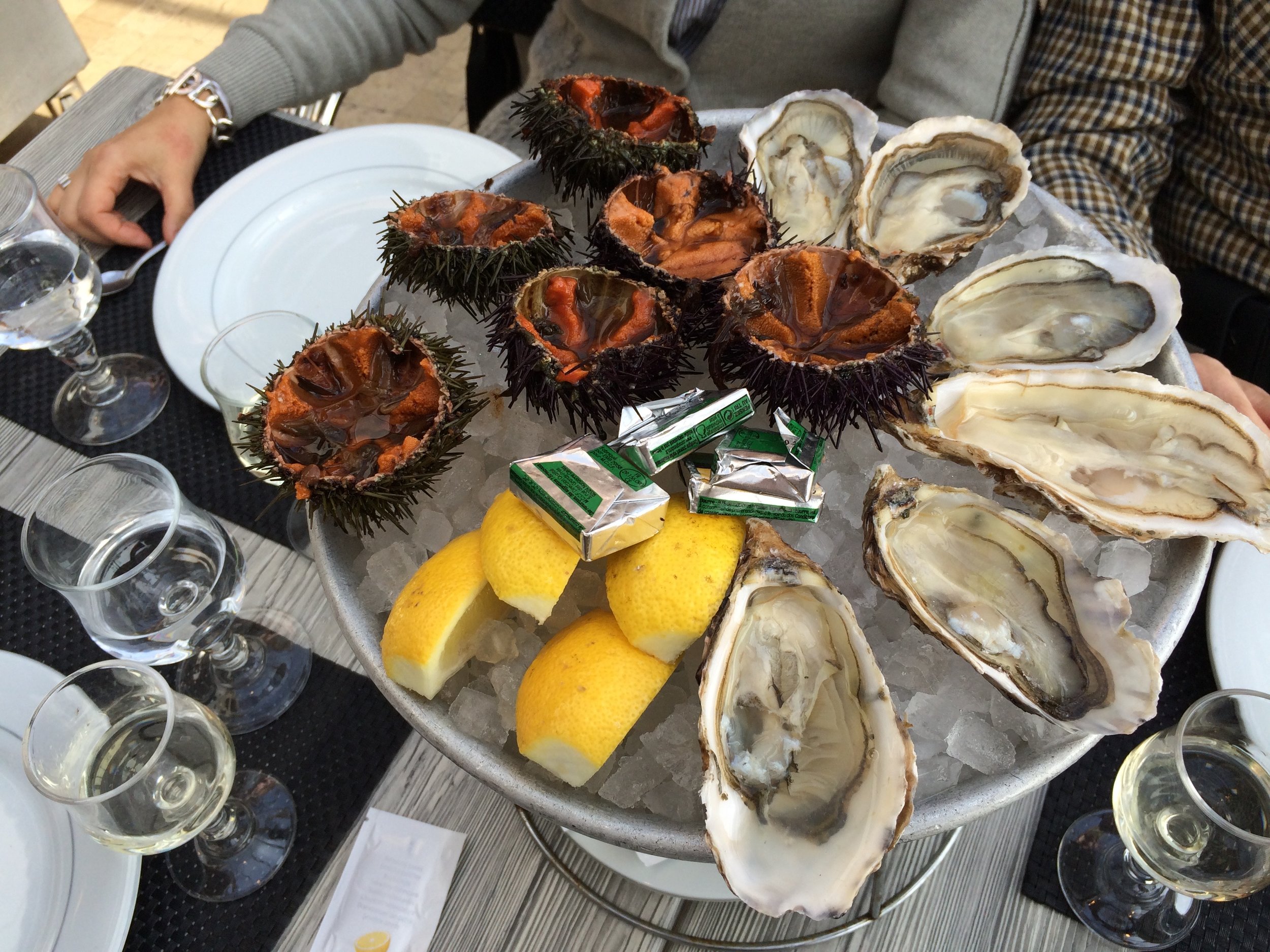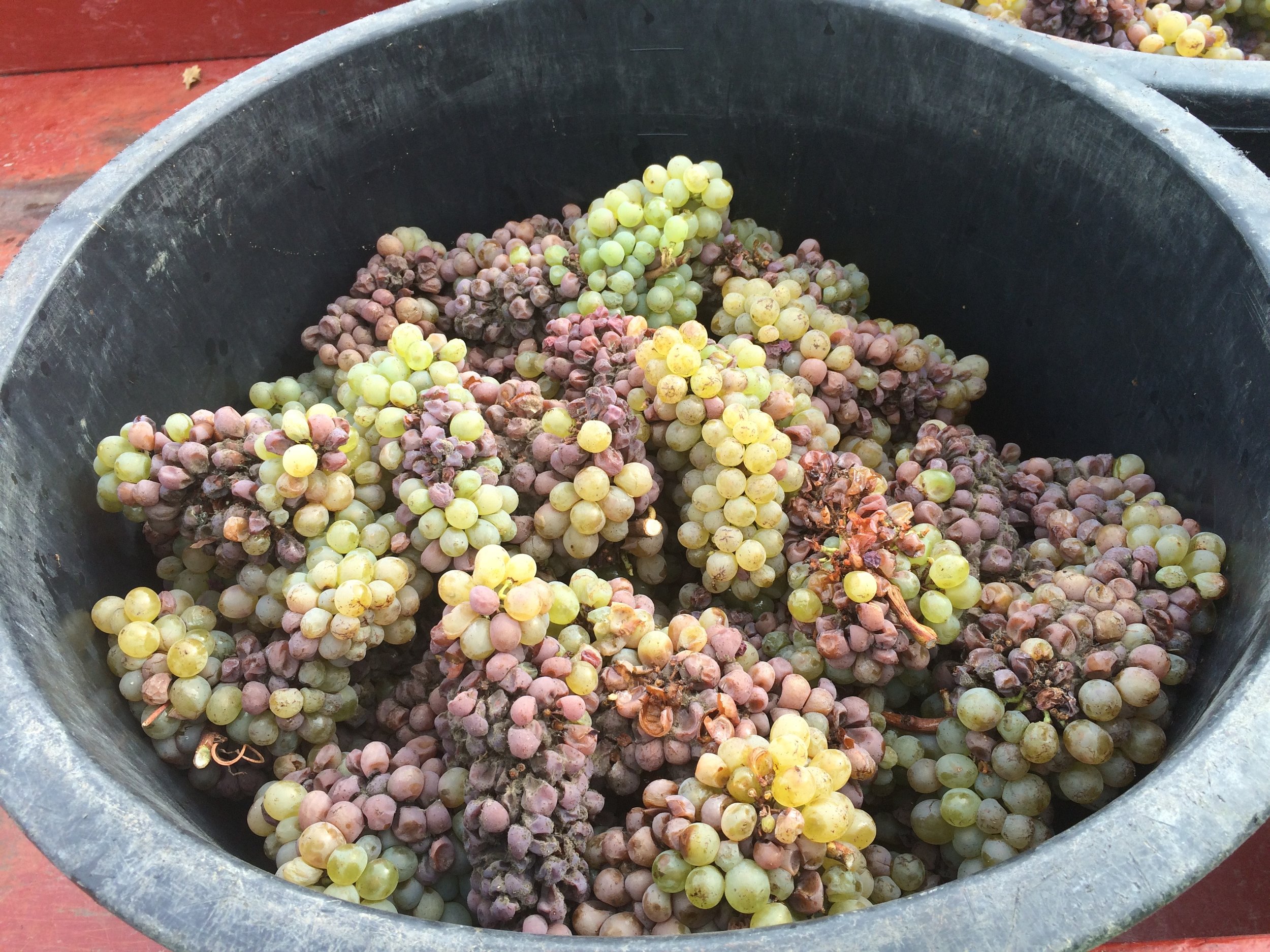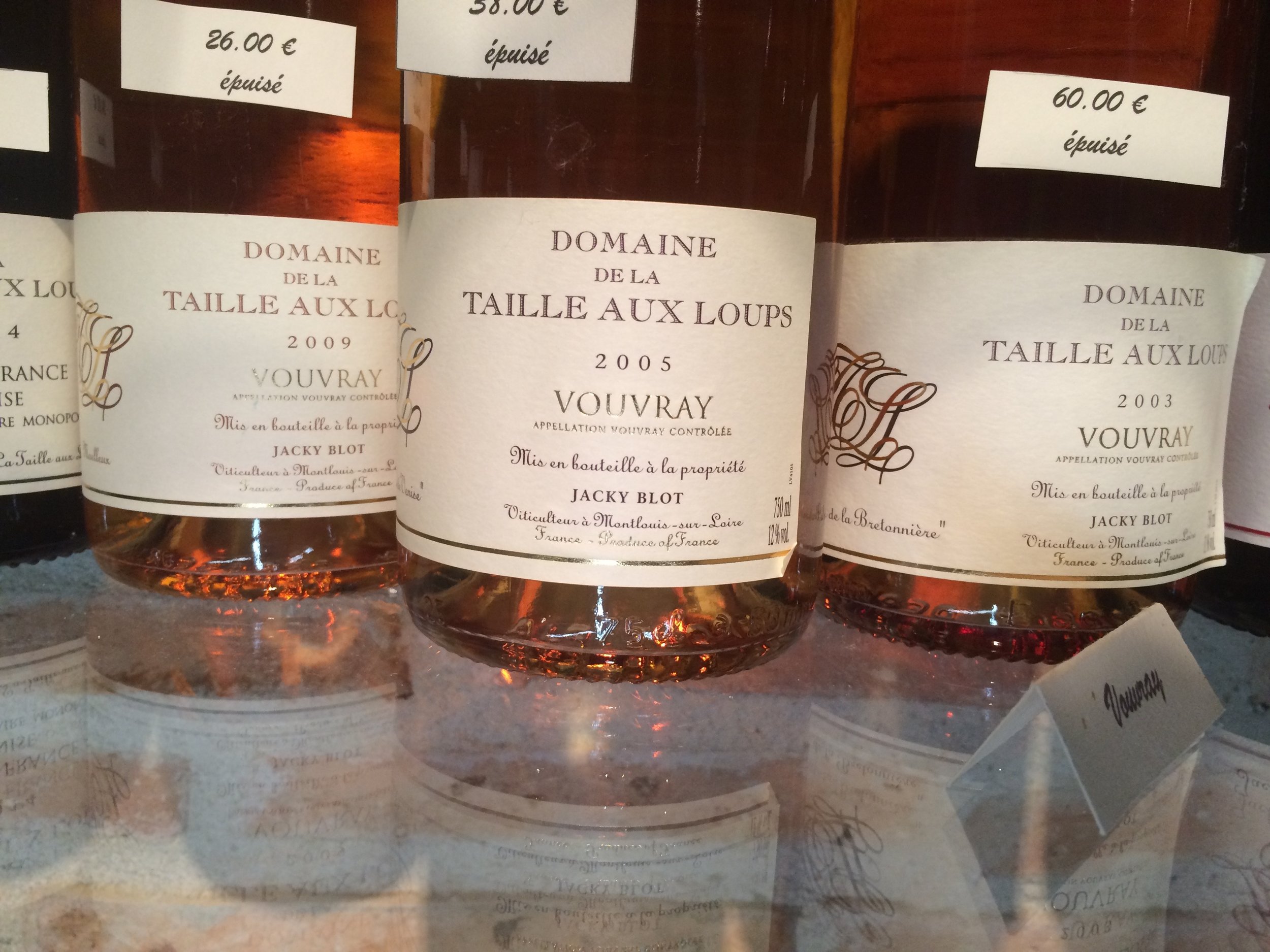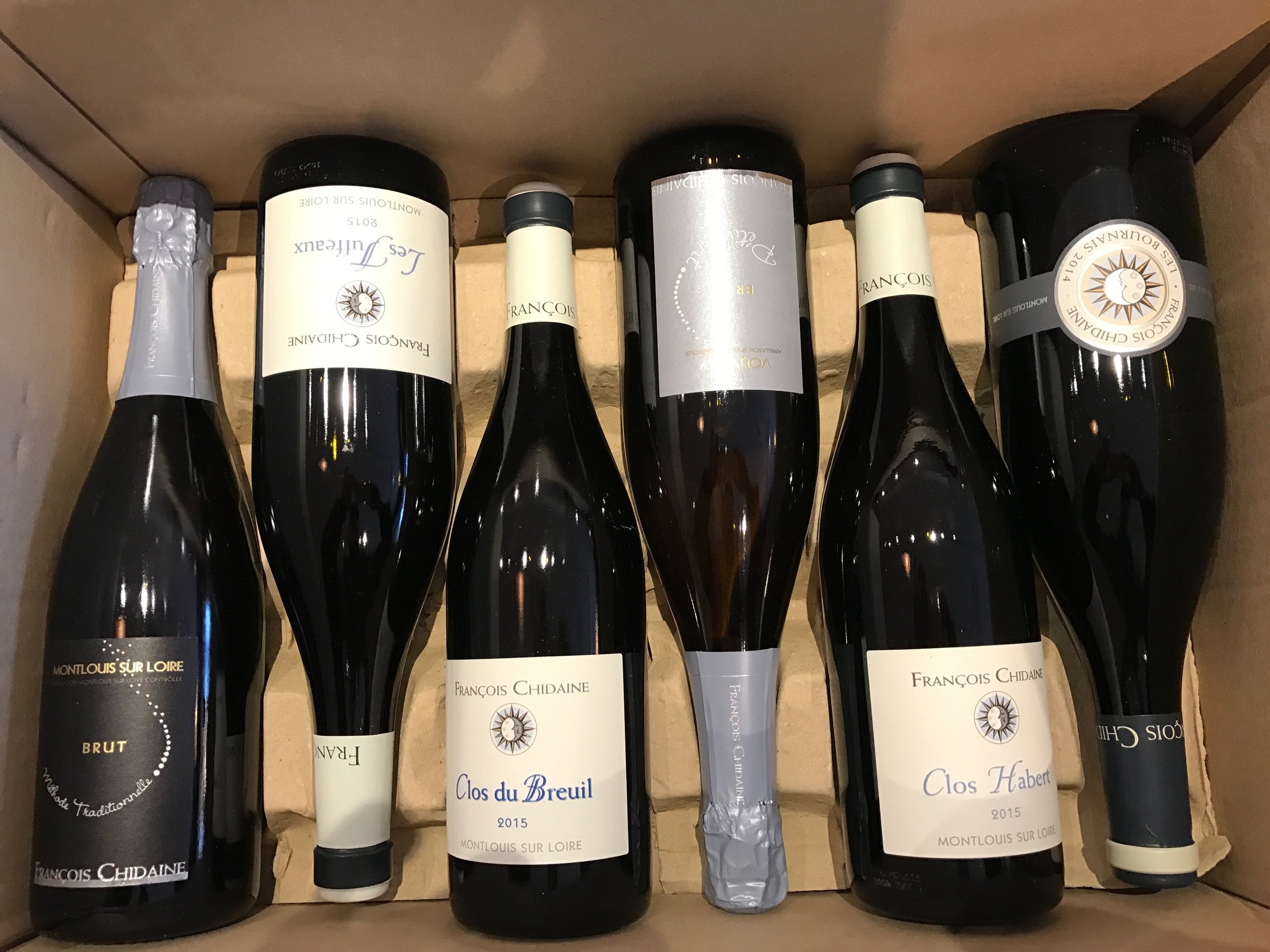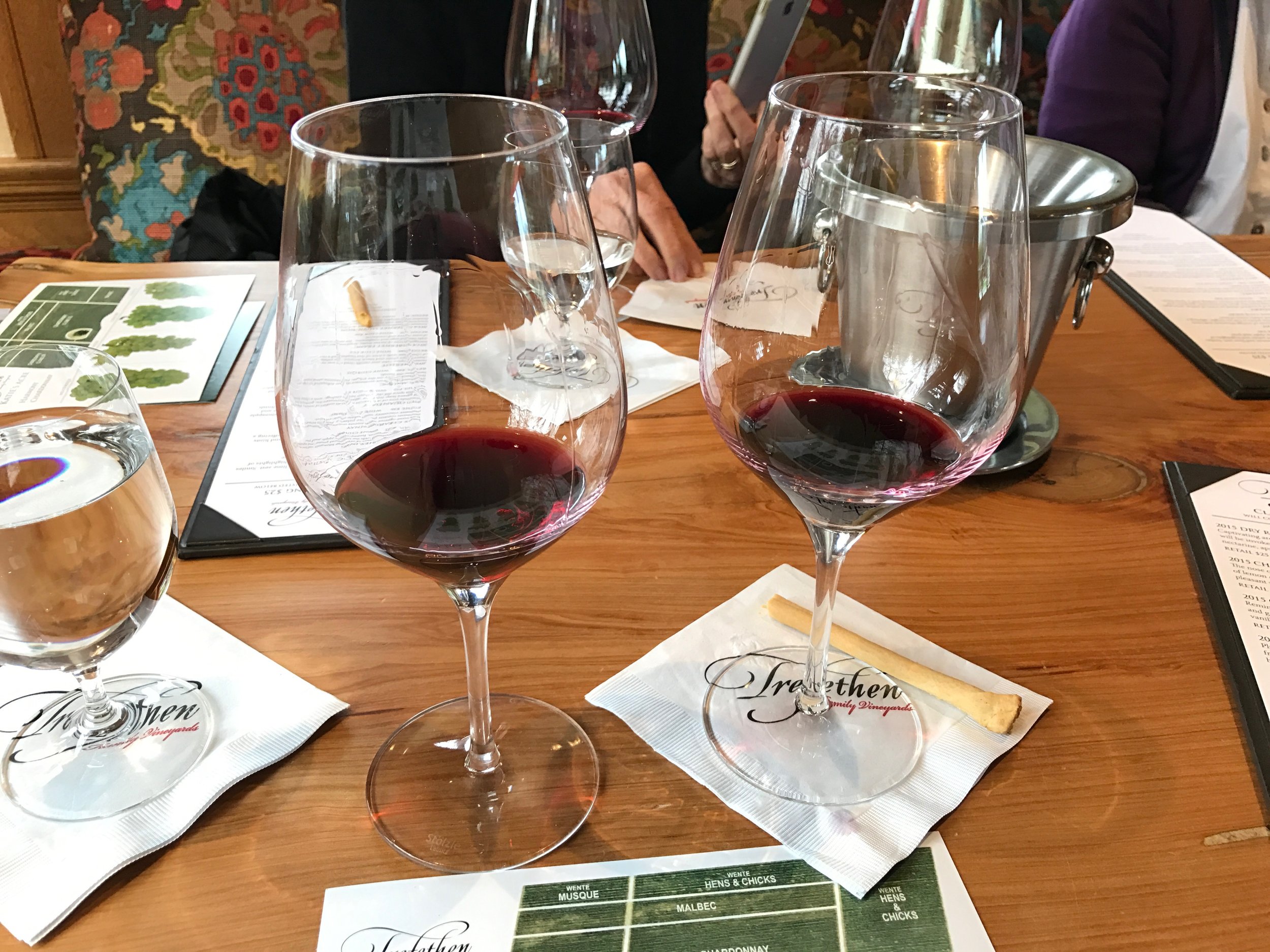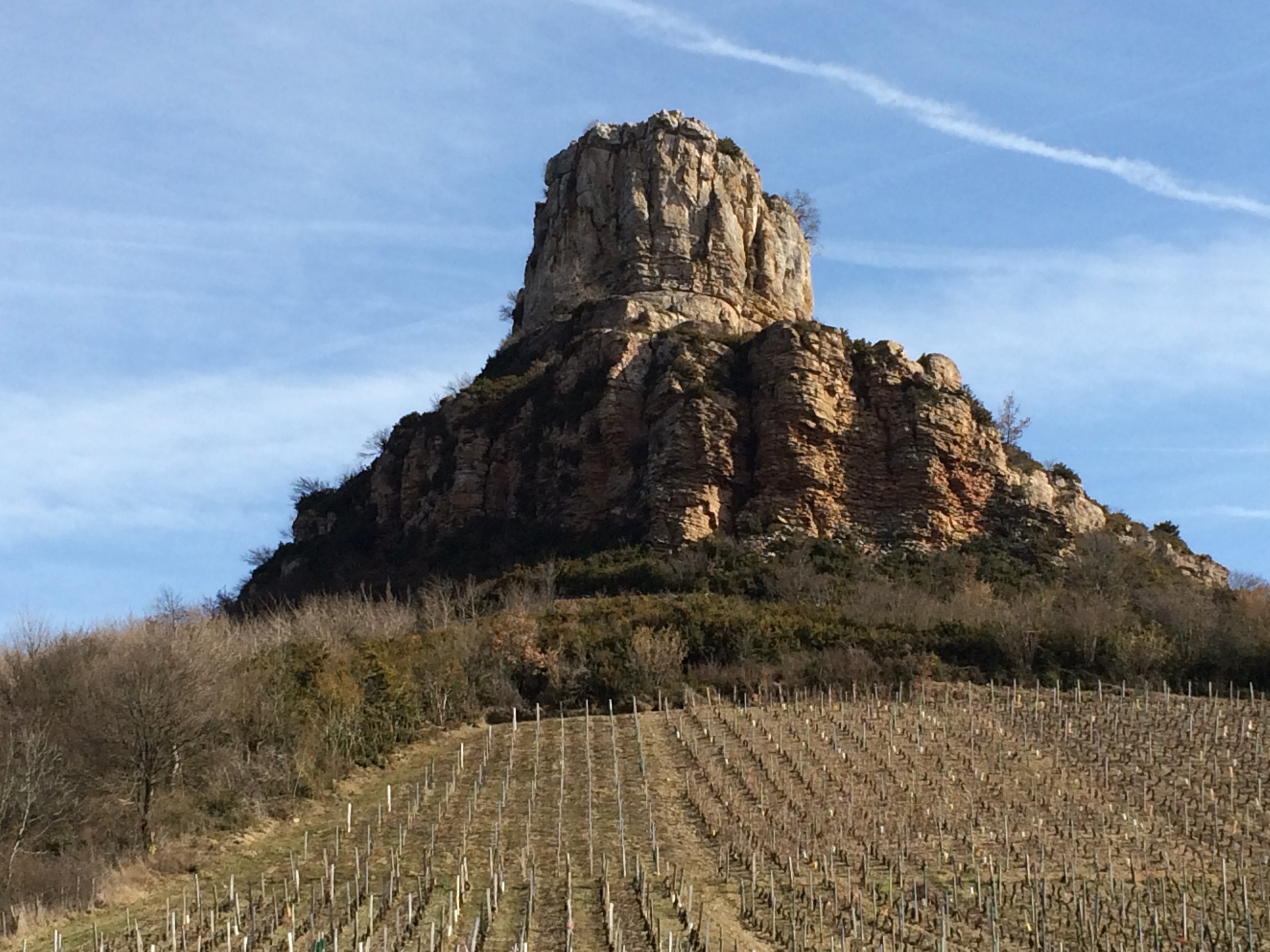
What is Hexagonvins?
Hexagonvins is for lovers of wine, especially lovers of French wines.
Every bottle of wine has a story. And the story unfolds a bit differently every year as the new crop is converted into wine reflecting conditions during that vintage. I am fascinated by this and determined to learn more about why wines are the way they are.
The place where the grapes are grown makes all the difference. It has history — the geologic history of how the soils, the hillsides, the drainage, the climate all evolved into what they are today. Then there is the selection of grapes. Why does chardonnay or pinot noir prosper in one place but not another? It’s because growers paying attention tried countless experiments and found, over time, that certain grapes work best at each place. How did that take place, and how is it changing today?
Look at a map of France. It has six sides. Draw the lines: the north along Belgium and Luxembourg. The east along Germany, Switzerland and Italy, the Alps. The southeast of the Mediterranean. The south along the Pyrenees and Spain. The west, the Atlantic Ocean from Spain up to Brittany. And the northwest, from Brittany back up to Belgium. It is a hexagon.
“Vin” is French for wine. Vins, the plural form, are wines. Hexagonvins is all about wines from l’hexagone, from France.
What are the goals?
I’ll share stories from my 30+ years of wine travels in France. And the stories of the people and places where the wines were grown, the food that excites, and the wines we drink. Some of the stories are used in an online course I teach with geologist colleague David Howell thru Stanford University Continuing Studies“Geology and Wines of California and France”. Other stories are targeted to #Hexagonvins, an Instagram feed where wine images and text are starting points for conversation about wines where “amateurs” (lovers) of wines can compare notes.
I am not a rich guy. My special interest has always been to find, learn about and enjoy wines that are excellent and NOT expensive: wines that are batting above their price level.
Anyone can spend lots of money and expect to get a good wine, though not always the case. I search for wines that represent the place where they were grown, are good deals and of superior quality. It’s so satisfying to find the gems. Fortunately there are many out there if you learn what to look for.
You know the adage: the harder I work the luckier I get. So Hexagonvins.com is where I gather my homework, where I track the data, where I compare notes, where I search the maps of wine country and decide where to explore for the good deals. It’s all an adventure
Who am I?
I am Doug. My French friends pronounce my name Doog. Think of me as Hexadoog, the Doog who loves French wines. I’ve been traveling through France every year for the past 30 years exploring its diverse wine regions, meeting winemakers, checking out the geology and terroir of France’s wine country, making friends who share these interests, and doing my share of tasting through the vintages
How to solve the mystery?
It’s a mystery where I can start at the end of the story with the wine in its bottle. I know the outcome.
And then work my way back to the beginning of the story to learn more about why that wine is the way it is. This mystery library has nearly infinite volumes so the delight in storytelling never ends for me.
Why did I get into this?
It’s a challenge. Years ago as a bartender and waiter at a fancy country club, I would serve wines at dinner to the members and found myself wondering what they saw in them. Why this wine, why that wine? Food and wine had magic. With countless wines out there I decided to learn enough about them to find my way to enjoy wines on a regular basis. Every bottle of wine has a story. And the story unfolds a bit differently every year as the new crop is converted into wine reflecting conditions during that vintage. I am fascinated by this and determined to learn more about why wines are the way they are.
The place where the grapes are grown makes all the difference. It has history — the geologic history of how the soils, the hillsides, the drainage, the climate all evolved into what they are today. Then there is the selection of grapes. Why does chardonnay or pinot noir prosper in one place but not another? It’s because growers paying attention tried countless experiments and found, over time, that certain grapes work best at each place.
Interested in a wine & geology adventure in the Loire Valley? How about the southern Rhône valley to the Mediterranean?
Loire River near Amboise
Covid-19 Update:
We came back - October 2023:
Bordeaux - Left Bank & Right Bank
Collioure and the Roussillon
Coming this year:
April 2024
Sonoma and Napa
October 2024
The Loire Valley & the Southern Rhône
Tour Dates: Looking ahead to April 2024 and October 2024
Here are some of the options to get you thinking.
Consider organizing a group of your friends - we can customize a tour for you!
The Sonoma & Napa tours are one weekend day each
The Loire tour is 5 days/4 nights
The Southern Rhône tour is 6 days/5 nights
Each French tour is limited to 12 guests, accompanied by tour leaders geologist David Howell, 35-year French wine explorer Douglas Posson and Sommelier Koffi Kpachavi.
The Loire Valley: Chinon, Montlouis-sur-Loire, Pouilly-Fumé and Sancerre
Oct 6-10, 2024
Meet in beautiful city of Tours, capital of the Touraine. We will enjoy meals from the Garden of France and local wines from both on and off the beaten path.
One day in Chinon with its hearty red and crisp white wines from the vineyards and cellars of Bernard Baudry. You’ll see and taste the diversity of styles depending on the vineyard locations on the soils and terraces along the Loire.
A visit to the ancient Château de Chinon on the River Vienne will heighten your appreciation for the history of this cultural mecca.
Farther upriver, we’ll see the beautiful château built for King François’ lady friend Diane de Poitier at Azay-le-Rideau and end up with a visit to Montlouis-sur-Loire, the neighbor of Tours and Vouvray just across the Loire River. There we’ll learn about the vineyard characteristics along the River Cher and taste the wines of renowned winegrower François Chidaine.
The next day after breakfast at our hotel we stop to explore the stunning Château Chenonceau. You’ll enjoy its history from Catherine de Medici to its important role during the French Resistance during WWII, and a picnic lunch on the grounds along the River Cher.
On to the relatively obscure neighbor of Sancerre: Meneton-Salon. Here we’ll dive into the subject of the Kimmeridgean limestone soils that make for its great Sauvignon Blanc and Pinot Noir wines..
We’ll end up at a hotel near Sancerre where we’ll feast for dinner starting with the local goat’s cheese - Crottin de Chavignol - and see why it is a magical match for the local wines.
In the morning we’ll explore the home of Pouilly-Fumé, the delicious Sauvignon Blanc grown on the limestone soils embedded with flint, known as Silex. Just across the Loire from Sancerre, we’ll visit and taste at vineyards in Tracy-sur-Loire. After lunch in Sancerre proper, we’ll see what’s up at the winery of the family Vacheron and/or Henri Bourgeois. Dinner at the bistro of the Côte de Monts Damnés will give us time to celebrate our time in the Loire Valley.
Southern Rhône Valley
Provence: Mountains Meet the Sea
Aix-en-Provence, Cassis, Gigondas, Châteaneuf-du-Pape
Oct 13-18, 2024
Meet in Aix-en-Provence for dinner and the introduction to the geology and wines of the southern Rhône.
In the morning, after breakfast at the hotel, we’ll visit the Mediterranean village of Cassis. There we’ll check out Cap Canaille, the tallest cliff on the Mediterranean in France, have a tasting at a seaside vineyard, and learn over lunch about local specialties such as soupe-de-poisson and the spellbinding wines of Cassis blanc, Cassis rosé and Cassis rouge.
After lunch we’ll travel to the base of Cezanne’s favorite mountain, the Mont Sainte Victoire to see how the very popular wines of the Côte de Provence and the Coteaux d’Aix-en-Provence are grown. A walk in the scenic botanic garden and a short lesson on the geologic origins of the mountain will set us up for a wine dinner in Aix.
The next day we head north into the department of the Vaucluse where we’ll explore the ochre cliffs of Roussillon, followed by lunch. On thru Gordes and other perched villages made entertaining by Peter Mayle’s A Year in Provence, we'll settle into the hotel Les Florets in Gigondas for dinner and a 3-night stay nestled in the spectacular Dentelles de Montmirail.
In the morning a real treat: over to a mysterious location near Bedoin, then up The Giant of Provence - Mont Ventoux. At the top we’ll stop for a geology lesson on the formation of the foothills of the Alps and the Pyrenees. With luck, we’ll see over to Mont Blanc, the tallest of the Alps. Lunch in Vaison-la-Romaine followed by a winery visit and then an unusual dinner together at Les Florets.
On Thursday we go to see what’s up at Châteauneuf-du-Pape. We’ll visit two or three top vineyards there to see how they cope with and take advantage of the very rocky soils. Château Beaucastel, Ch. Nalys, Ch. de la Gardine, Ch. Vieux Télégraphe, and Ch. Mont-Redon are among the candidates. We’ll learn about the surprising reason how the terraces of CDP have evolved over the millenia.
A festive farewell dinner at Les Florets wraps our exploration of the wines and geology of the southern Rhône.
In the future:
How well do you know the Côtes du Rhône?
Meet in Avignon. • Wines of the Côtes-du-Rhône Villages. Gigondas, Vacqueyras, Beaumes-de-Venise, Vinsobres, famous Nyons olives, the Plan de Dieu, and the Ch. Saint Esteve d’Uchaux. Truffles anyone? •Over the top of the “Giant of Provence” - geology and wines of the Mont Ventoux. • Explore Châteuneuf-du-Pape and neighbors and learn why it is the King of southern Rhône wines.
St. Rémy-de-Provence
Meet in St. Rémy-de-Provence - the quintessential provençal town, set at the base pf the picturesque Alpilles (the small Alps) mountains south of Avignon. We’ll see where Van Gogh painted Starry Night, visit the Greek and Roman ruins at Glanum, and of course check out the full range of wines from the Coteaux d’Aix-en-Provence and Baux-de-Provence. Do you know them - yet?
We’ll take one day to zip up to Châteauneuf-du-Pape and its neighbors to see why it is the King of southern Rhône wines. And visit ancient les Baux-de-Provence with it’s history from Roman times as gatekeeper for trade between Iberia and Rome. Famous Vallée des Baux olive oil from the olive groves beside the vineyards make for a gastronomic and visual delight.
And, we’ll take in the outdoor market in St. Rémy - perhaps the best market in Provence.
Languedoc
Are you ready for a walk on the wild side of wines in the South of France? Welcome to a week exploring the wines and geology of France’s southwest Mediterranean crescent: the Languedoc and Roussillon.
Meet in Montpellier, the wine capital of the South of France and head down thru Languedoc’s wine country to a tour and tasting at a top winery in AOC Pic Saint Loup . Then on to our hotel, a relaxing introduction to the geology of the region and dinner in Saint Guilhem-le-Dèsert.
Are you familiar with the vineyards of the Terrasses de Larzac, Aniane, St. Chinian and Faugères with its unique “Meteor” vineyard?. All are built on the limestone geology between the Cevennes mountains and the sea. You might be surprised how much it reminds you of the Côte d’Or - except warmer!
On to Carcassonne and the wild Corbières with its 11 distinct terroirs. Mountains, the sea, Cathar castles and excellent wines of all 3 colors.
Burgundy: Do you know its Wines south of the Côte d’Or?
Meet in Lyon. • Beautiful Beaujolais - what makes the 10 Cru villages unique - and the Terres Doreés. • The surprising Chardonnay’s of the Mâcon-Villages - Pouilly-Fuissé, Solutré and Vergisson, Viré-Clessé, Lugny, Chardonnay and more. • Terroirs and wines of the Côte Chalonnaise - Montagny, Givry, Mercurey and Bouzeron (for Burgundy’s “other white wine”) into Beaune - the wine capital of Burgundy.
Burgundy: Wines and Geology of the Côte de Beaune
Meet in Beaune. • Explore the red and white wines from Beaune north to Grand Cru Corton, Aloxe-Corton, Pernand-Vergelesses, Savigny-lès-Beaune. • Terroirs and (mostly) red wines of Pommard, Volnay, Monthelie, Auxey-Duresses, Saint Romain and Santenay. See how Burgundy oak barrels are made. • What makes thel white wines of Meursault, Puligny-Montrachet, Chassagne-Montrachet and Saint Aubin special?
A professional driver and comfortable bus will transport us from start to finish so there is no need to worry about driving once you get there.
Catalan fishing boats on the harbor in Collioure
Château Lafon-Rochet in St. Estephe
Vineyards and ancient village of St. Émilion in Bordeaux’ Right Bank
Interested in the wines and geology of California? We’re making plans to check out Sonoma, Paso Robles and more
April 2024
Sonoma & Napa Valley
Saturday, April 27:
9:30-1:00 at Bucklin's old hill vineyard. A vineyard walk and in-depth discussion with Will, a tasting and picnic lunch.
In the afternoon we go over the Myacamas to Futo, a vineyard underpinned by Great Valley sequence strata next door to Harlan Estate and the Promontory winery. Futo also has a vineyard in Stags Leap District, we would discuss the origin of Napa Valley and taste wines from both sides of the valley.
End time: No later than 6:00 Pm.
Lodging and dinner on your own.
Sunday, April 28:
9:30 Am in Saint Helena where we will carpool to the Heath Canyon vineyard of the Grace Family. This vineyard lies about 2 miles west of the town in the foothills on the other side of the West Napa fault. The main geology is Franciscan, some volcanics, a huge cone-shaped hill that is almost certainly a knocker, and soils that are alluvial, residual, and on a large landslide. The terrain is rugged, circa 35 acres. We will examine the land and taste the wines,
We will then head to Calistoga, Palisade vineyard for a picnic lunch. The vineyard features new plantings and some heritage Petite Sirah on soils that are residual and alluvial with a volcanic provenance. The proprietors also own a vineyard near Mt Veder, in the south and that wine will be available to taste to further the discussion about the origin of Napa and the array of rock types and soils that define this magnificent viticulture area.
End time: No later than 6:00 Pm.
A few years ago:
What’s going on with Sonoma wine country? Earlier in 2019, thirteen wine enthusiasts joined us Demystifying Sonoma AVA’s as we all investigated the complex and overlapping array of the Sonoma AVAs. We visited select wineries that are true to their respective terroir. The French would say they are “correct”. We discussed how the topography of the region reflects effects of tectonic forces — the San Andreas, Rodgers Creek and related faults, and the east-west compressional forces that have folded the terrain into discrete valleys, ridges, alluvial fans and river corridors. We spent the weekend visiting vintners at their wineries, to learn about their soils and wine-growing practices, and how these affect their wines. We learned about their vinification processes and of course, tasted their wines. Oh yes, a locally-sourced wine dinner was prepared by a well-known Sonoma chef and topped off everyone’s wine country explorations.
It was a blast! Friends have asked for more!
In October 2019, an enthusiastic group of wine and geology adventurers spent a week with us in Burgundy, from Chablis to Beaune to Lyon.
We learned about Burgundy in an intriguing trip along its geologic spine on Burgundy from North to South. We saw there’s more to Burgundy wines than most know of as we tour the full range of Burgundy’s wine country from Chablis to food-and-wine-capital Lyon. In Chablis we learned why the Premier and Grand Cru vineyards and their Kimmeridgian limestone geologic history make these wines of Burgundy what they are.
From the wine capital of Burgundy, Beaune, we explored South through world-renowned vineyards of the Côte de Beaune - from Maranges to Saint Aubin to Meursault and Monthelie including Le Montrachet and its famous neighbors. Whew, then a lengthy lunch at the Cellier Volnaysienne, a royal tour thru the caves right under Beaune centre with tasting at Maison Joseph Drouhin and a tasting tour on the AOC Beaune hillside 1er Cru vineyards, Drouhin’s Clos des Mouches. An on-site tasting of both of Drouhin’s wines at the Clos des Mouches, their chardonnay and their pinot noir grâce winemaker Veronique Drouhin.
We traveled North through the Côte de Nuits to walk along the world-famous vineyards of Romanée-Conti, Richebourg and Romanée-Vivant and visited Clos de Vougeot and its vineyards adjacent to Le Musigny. Wow. On the way back to the hotel, lunch in Nuits-Saint-Georges and an extensive tour of Louis Jadot’s modern winery and huge cellars, with a wide tasting of course. All this while enjoying the fabulous cuisine of the region.
Finally south thru the little-known wines of Rully, Bouzeron, Mercurey, Givry, and Montigny in the Chalonnaise to the stunning limestone formations of Solutré and Vergisson. We checked out the unoaked chards of the wine villages in the Mâconnais, ending up in Lyon for a festive wine dinner in Paul Bocuse brasserie, a true restaurant Lyonnaise.
Grand Cru vineyards of ancient St. Émilion


